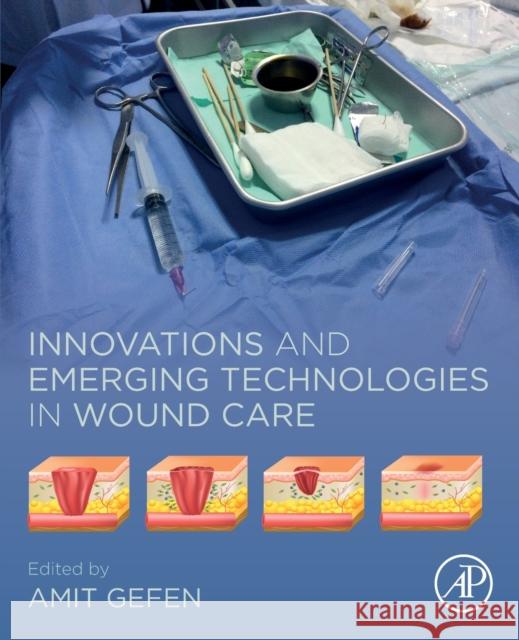Innovations and Emerging Technologies in Wound Care » książka
topmenu
Innovations and Emerging Technologies in Wound Care
ISBN-13: 9780128150283 / Angielski / Miękka / 2019 / 464 str.
Kategorie:
Kategorie BISAC:
Wydawca:
Academic Press
Język:
Angielski
ISBN-13:
9780128150283
Rok wydania:
2019
Ilość stron:
464
Waga:
0.69 kg
Wymiary:
23.5 x 19.05 x 2.13
Oprawa:
Miękka
Wolumenów:
01
Dodatkowe informacje:
Bibliografia











